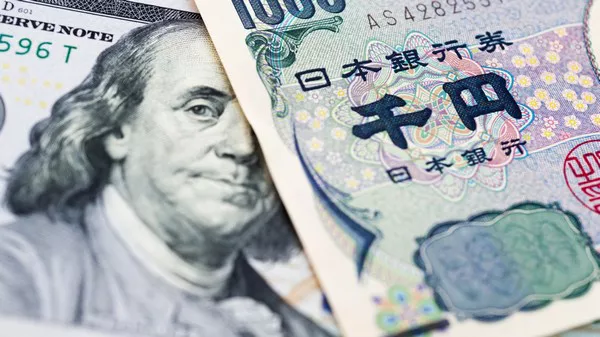USD/JPY hit a fresh one-week low during the Asian session on Friday, although it recovered a few pips in the last hour and is now trading just below 145.00, down less than 0.10% on the day.
The U.S. dollar (USD) resumed its intraday losses and is looking to build on the previous day’s bounce off the all-important 200-day simple moving average (SMA). However, dollar bulls appear unwilling to bet aggressively amid uncertainty over the Federal Reserve’s (FED) future path of interest rate hikes.
It is worth recalling that US macro data released earlier this week – the ADP report and US Q2 gross domestic product (GDP) revisions – suggested that the resilience of the US economy may be starting to wane. This has fueled speculation that the Fed may be forced to soften its hawkish stance. Still, the U.S. PCE price index released on Thursday left the door open for the Federal Reserve to raise interest rates by 25 basis points before the end of the year.
Meanwhile, the prospect of further tightening by the Federal Reserve also led to a slight recovery in U.S. Treasury yields and acted in favor of the dollar. However, traders appeared reluctant, preferring to wait for the release of the closely watched U.S. non-farm payrolls report for some meaningful impetus later in the North American morning.
Meanwhile, a more dovish stance from the Bank of Japan (BoJ), combined with disappointing Japanese macro data and a positive tone in U.S. stock futures, could weaken the safe-haven yen (JPY) and cap USD/JPY Downtrend. In fact, the Bank of Japan is the only central bank in the world to maintain negative interest rates and is expected to stick to ultra-loose policy settings.
Separately, Bank of Japan board member Toyoaki Nakamura said on Thursday that it was too early to tighten monetary policy because the recent rise in inflation was largely due to rising import costs rather than wage growth. This follows dovish comments from Bank of Japan Governor Kazuo Ueda last week, saying underlying inflation remained slightly below the 2% target and ensured it would remain so until next summer.
On the economic data front, Japan’s manufacturing sector continued to shrink in August, according to the latest survey by the Bank of Japan. In fact, the manufacturing PMI ended up at 49.6. Elsewhere, Japan’s finance ministry reported that capital spending rose 4.5% yoy in the April-June period, down from 11.0% previously and below the consensus forecast for a 5.4% increase.
The above fundamental backdrop suggests that USD/JPY is on the path of least resistance to the upside. As such, it would be prudent to wait for strong follow-through selling before confirming the formation of a near-term top near the 147.35-147.40 area (or the highest level since November 2022 hit earlier this week). Still, spot prices were on track to snap a four-week winning streak.


